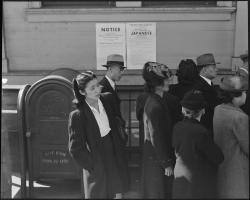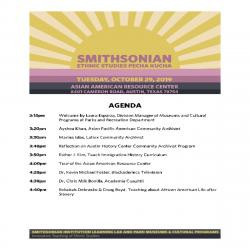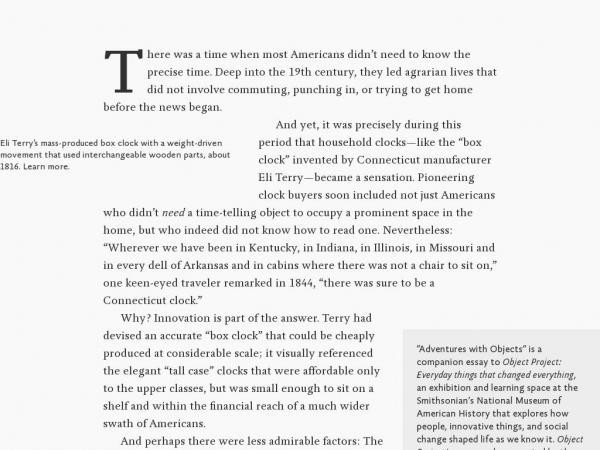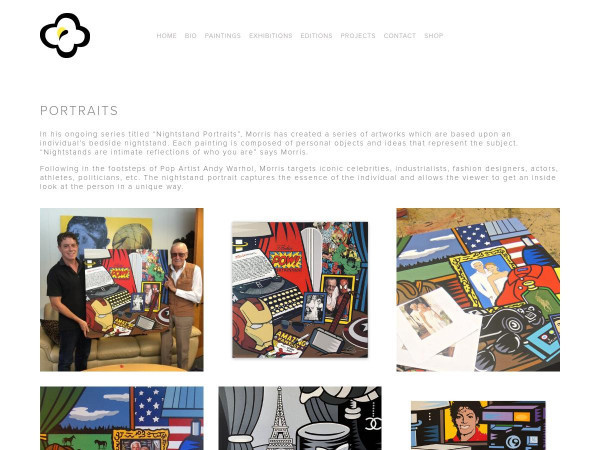Ashley Naranjo
Ashley Naranjo, M.Ed. is a museum educator, specializing in the use of digital resources for teaching and learning. She currently manages distance learning initiatives and education partnerships for the Smithsonian. Portfolio highlights have included: the Smithsonian Quests digital badging program, Smithsonian Online Education Conferences, Smithsonian Learning Lab nationwide teacher professional development, Teachers of the Year programming at the Smithsonian, “Explore with Smithsonian Experts” video series, and Smithsonian print publication guides.
Before coming to the Smithsonian, she has had experiences in education in both formal and informal learning spaces: as an ESOL instructor for adults, a middle school teacher in the humanities and a summer programs administrator. She holds a B.A. in Human Development (Developmental Psychology) from the Lynch School of Education at Boston College, where she was a research assistant and independent study student in the Laboratory of Thinking, Learning & Cognition in the Arts. She completed a M.Ed. in Learning Design and Technology from the Rossier School of Education at the University of Southern California, with a thesis entitled, “Using Digital Museum Resources in the Classroom”. She is a 2019 graduate of the Getty Leadership Institute’s NextGen of Museum Leaders program.
Ashley Naranjo's collections
Santa Claus: Comparing Evolving Imagery and Text
 Ashley Naranjo
Ashley Naranjo
Righting a Wrong: Japanese Americans and World War II
 Ashley Naranjo
Ashley Naranjo
Proud Publisher: Heritage Bookmaking Activity
 Ashley Naranjo
Ashley Naranjo
Practice Telling Time
 Ashley Naranjo
Ashley Naranjo
Portrait Analysis: Norman Mineta
 Ashley Naranjo
Ashley Naranjo
Photograph Analysis: "Moon Man" Image of Buzz Aldrin
 Ashley Naranjo
Ashley Naranjo
Objects that Changed the Way We Live
 Ashley Naranjo
Ashley Naranjo
"Nightstand Portraits": A Burton Morris-inspired Activity
 Ashley Naranjo
Ashley Naranjo
Niagara Falls: Investigating Change Over Time with a Body of Water
 Ashley Naranjo
Ashley Naranjo
My Smithsonian Closet
 Ashley Naranjo
Ashley Naranjo
My Fellow Soldiers: Postcards from World War I
 Ashley Naranjo
Ashley Naranjo
Music Innovation: How Technology Has Helped to Change Music Over Time
 Ashley Naranjo
Ashley Naranjo













